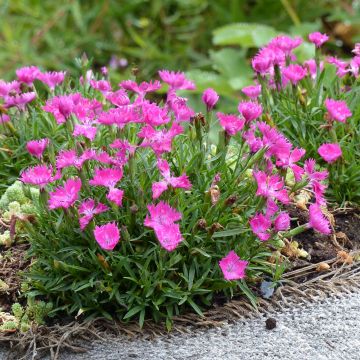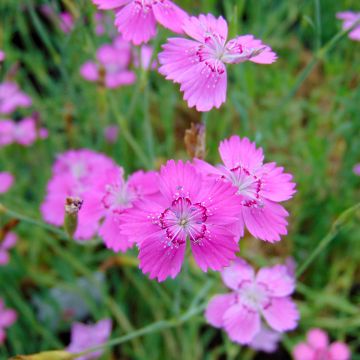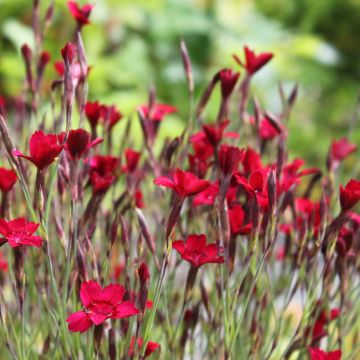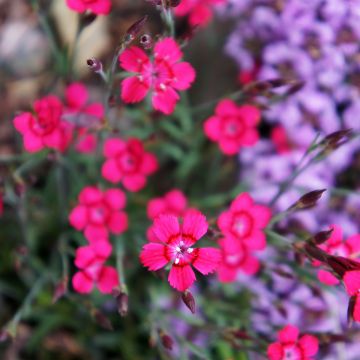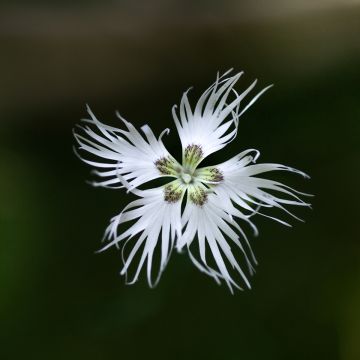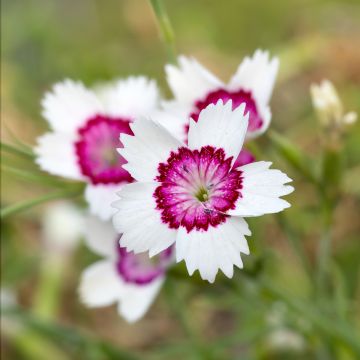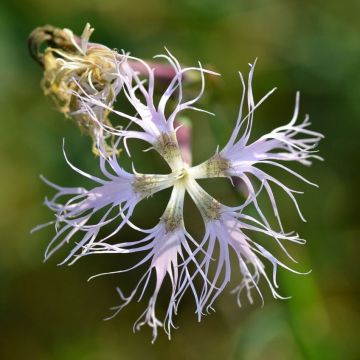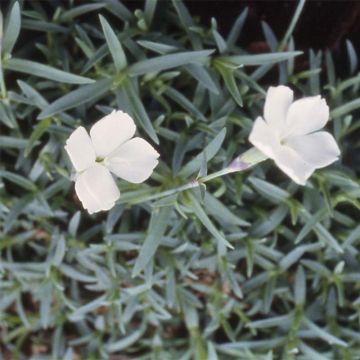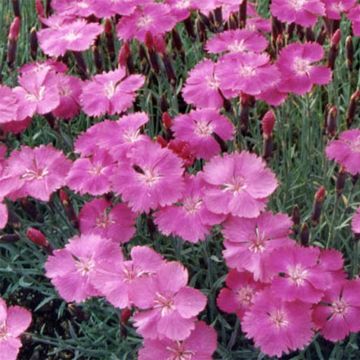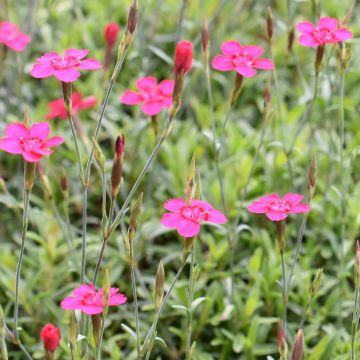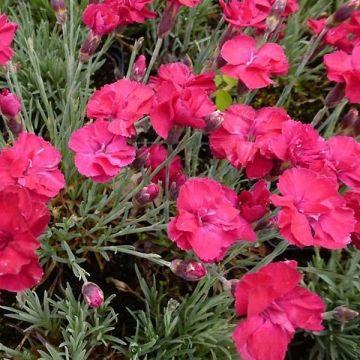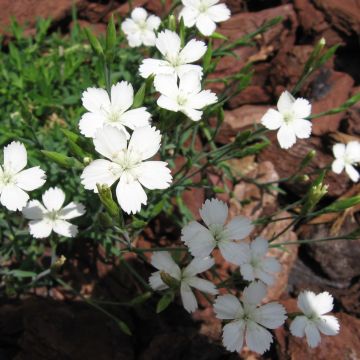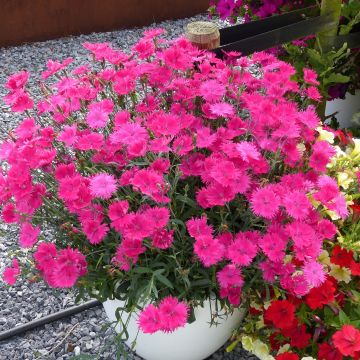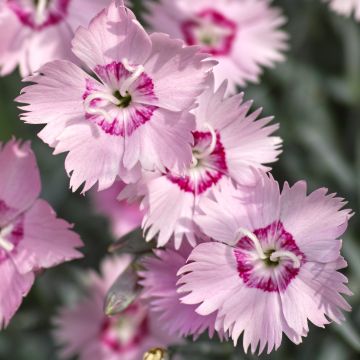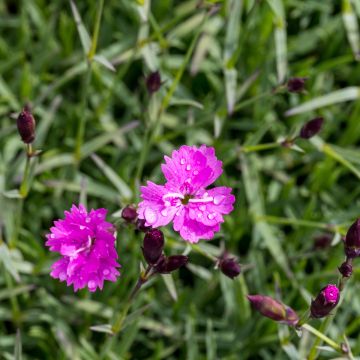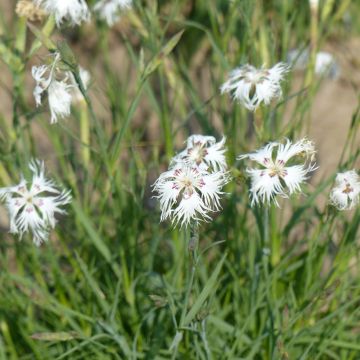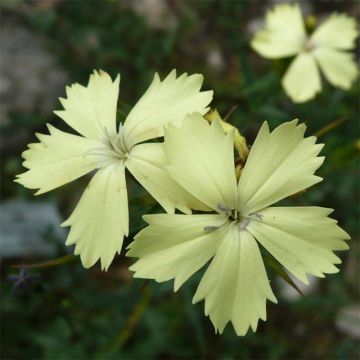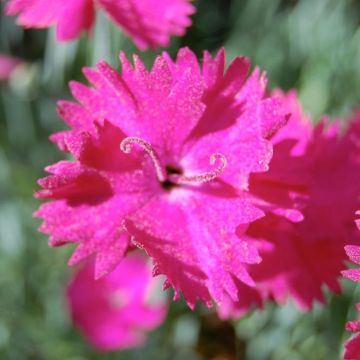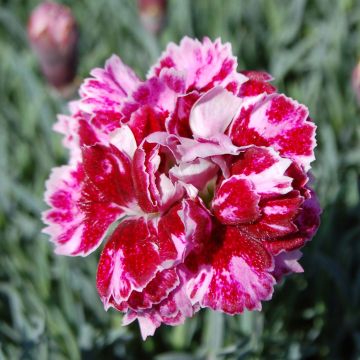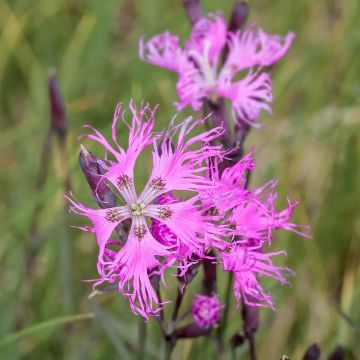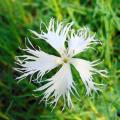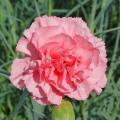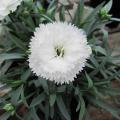Wild Dianthus
Does this plant fit my garden? Set up your Plantfit profile →
Available in 2 sizes
Available in 1 sizes
Available in 2 sizes
Available in 1 sizes
Available in 2 sizes
Available in 1 sizes
Available in 1 sizes
Available in 1 sizes
Available in 1 sizes
Available in 1 sizes
Available in 1 sizes
Available in 2 sizes
Available in 1 sizes
Available in 1 sizes
Available in 2 sizes
Available in 1 sizes
Available in 1 sizes
Available in 1 sizes
Available in 1 sizes
Available in 1 sizes
Our botanic pinks. The wild pinks, like the Dianthus caryophyllus (the florist's pink), D. plumarius (the cottage pink) and D. barbatus (the poet's pink), are the origin of numerous varieties cultivated in gardens. These wildflowers are appreciated for their simple beauty, fragrance, and elegance. All pinks belong to the Caryophyllaceae family. The different species, perennial, biennial, or annual, share common characteristics such as flowers with toothed petals, slender leaves, and a more or less pronounced fragrance. Among the most well-known are the Dianthus deltoides 'Albiflorus', the delta pink forming a carpet of small starry flowers, the Dianthus gratianopolitanus, the Grenoble pink with bright pink flowers and blue-green foliage, a very colourful ground cover cushion in a rockery. The Dianthus plumarius, the cottage pink with delicately scented fringed flowers, elegant and subtle. Discover also the Dianthus arenarius, the sand pink, a small cushion with finely cut flowers for poor soils, the Chartreuse pink, Dianthus carthusianorum with small bright pink flowers in summer, the Dianthus superbus and its frayed flowers that perfume...
There are wild pinks for all climates and situations. These wild plants are generally easy to grow and maintain, accessible to both beginner and experienced gardeners. Discover them in this selection.
Also, check out our feature: "Pink: planting, care, sowing tips"
Haven't found what you were looking for?


































